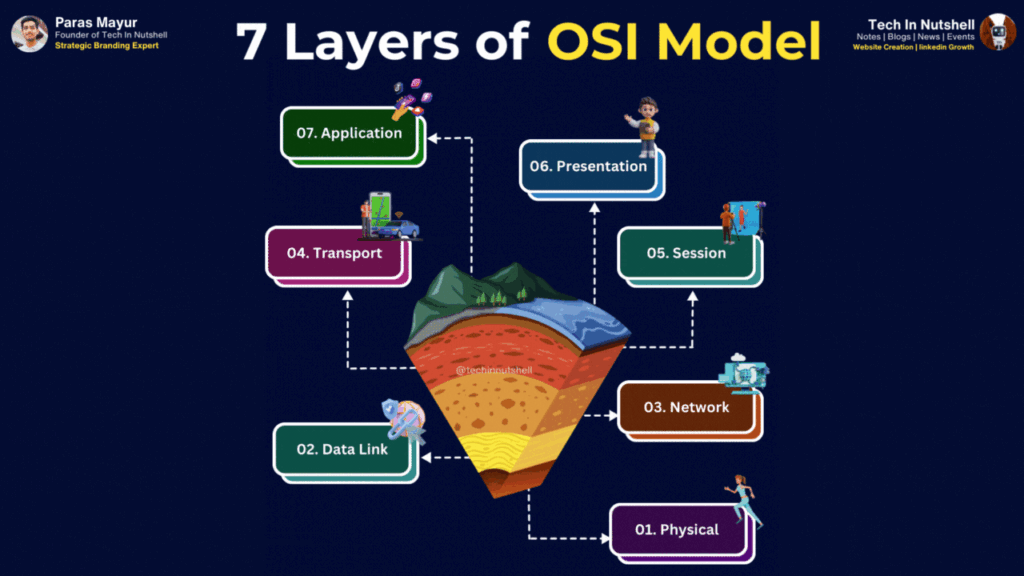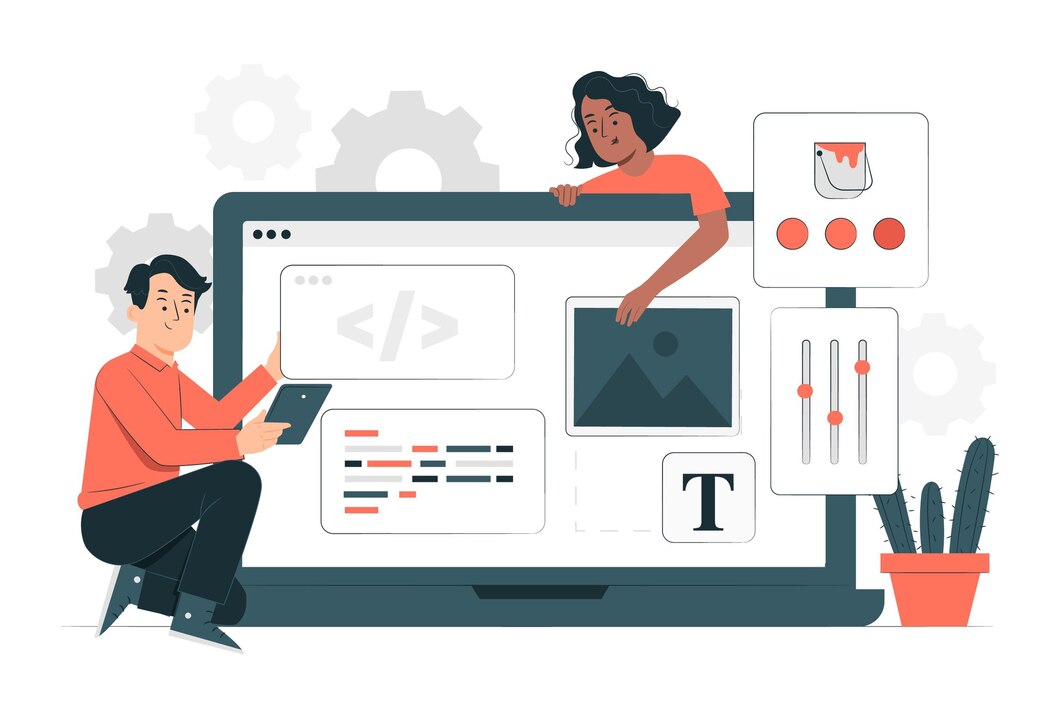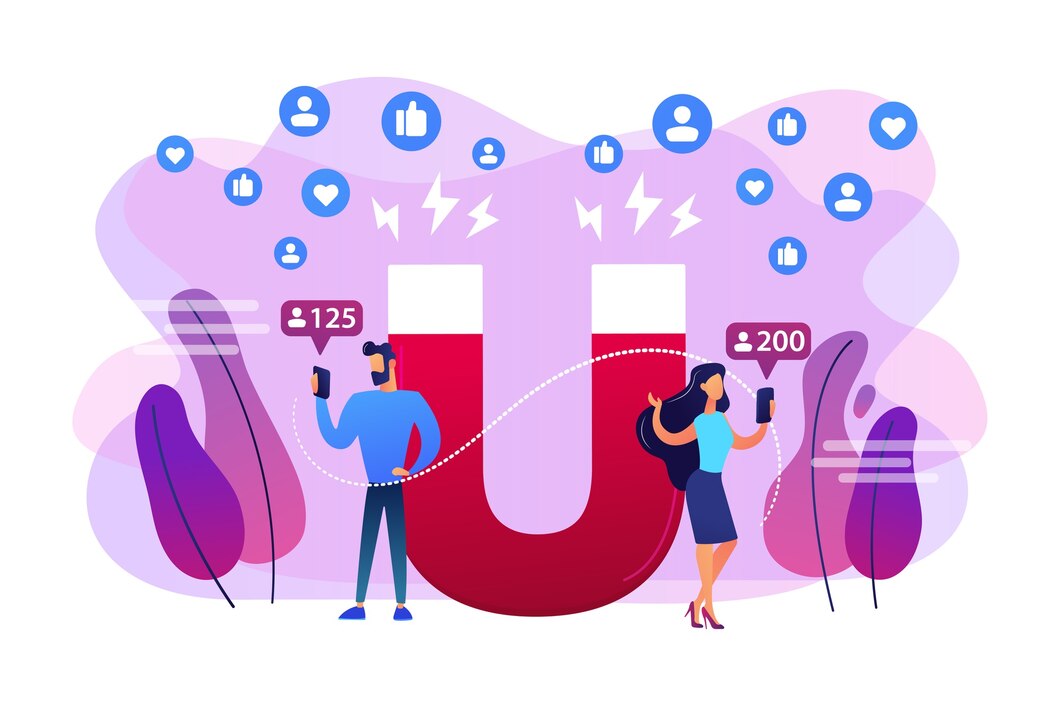The 7 layers of the OSI model.
OSI is a conceptual framework which standardizes the function of a telecommunication or computing system in seven abstractions layers. Every layer plays a particular role towards making the system work. Now, let us go through these layers step by step.
1. Physical Layer
The Physical layer forms the basis of the OSI model as it deals with the actual hardware transmission of data through a physical medium. The second layer determines the specifications of the hardware like the cable, connector, electric tensions. Raw Bit stream is transmitted or received as it is between communication devices, not relating to what the information entails.
Key Concepts:
- Transmission Media: The physical layer specifies a transmission medium that is used like for example a copper cable, fiber optic, or wireless network.
- Bit Rate: It controls the speed with which bits move across a network.
- Topology: This includes defining the physical structure of the network i.e. bus, ring, or a star topology.
2. Data Link Layer
Data Link layer which creates an interconnection between directly connected network nodes that are mutually trustworthy becomes reliable. This is to avoid problems related to flow control, error detection, and ensure proper transmission of data frames. The second is known as data link layer that also contains media access control (MAC) and gives different devices that are in the same network a way of identifying each other.
Key Concepts:
- Framing: Framing of data for efficient transmission.
- MAC Addressing: Uniquely identifying hardware of different devices.
- Flow Control: Control the transmission speed between various devices.
3. Network Layer
The Network layer deals with logical addressing, routing data over divergent networks, and congestion control processes. This provides the most effective route for data packets to flow from the beginning to the end through a series of connecting networks.
Key Concepts:
- IP Addressing: Assigning logical addresses to devices.
- Routing: Selecting the optimum route for data transmission.
- Packet Forwarding: Logical addressing in the process of sending data across the network.
Also read – DSA in 10 Weeks: A crash course to crack job interview
4. Transport Layer
This layer is responsible for ensuring that end-to-end communication exists between the devices and handles data segmentation, flow control, as well as error recovery. Its function is to break down big messages into small sections that can be transmitted with ease and then reassemble them once they have been received.
Key Concepts:
- Segmentation and Reassembly: Dissemination of chunks and reconstructing data.
- Flow Control: Control the data flow and avoid congestion.
- Error Detection and Correction: Providing reliable transmission.
5. Session Layer
The Session layer is responsible for setting up, controlling and closing of application-to-application communication sessions. It is a tool that helps in synchronizing various processes thereby enabling exchange of data among them easily.
Key Concepts:
- Dialog Control: Providing mechanisms for communication among the applications.
- Session Establishment and Termination: Initiating and closing communication sessions.
- Synchronization: Ensuring data consistency between applications.
6. Presentation Layer
The presentation layer translates data between the application layer and the lower layers. This involves transforming of data formats into readable ones by using data encapsulation and compression.
Key Concepts:
- Data Encryption and Decryption: Securing data during transmission.
- Data Compression: For efficient transmission, reducing the sizes of data.
- Data Format Translation: Converting data between different formats.
7. Application Layer
This is the highest layer of application and it interfaces directly with user’s appli-cations. The operating system acts as a network gateway, offering various kinds of network services and interfaces that allow different applications to tap into network resources.
Key Concepts:
- Network Services: Offering network services to applications.
- User Interface: Connecting users to one another.
- Application Protocols: Rule definition for message communication at the application level.
Finally, the OSI reference model is a comprehensive theoretical basis of computer networks architecture design. Every layer has a precise function that it performs, thereby ensuring smooth information sharing among connected devices and networks. Network administrators, developers, as well as people who are designing or maintaining any modern communication system must understand the subtleties of these layers.







